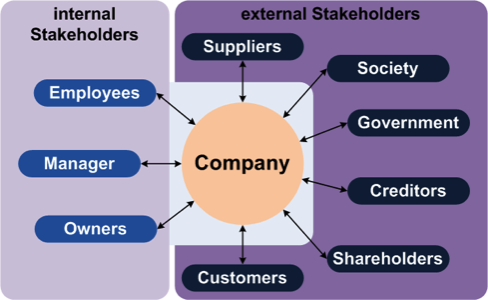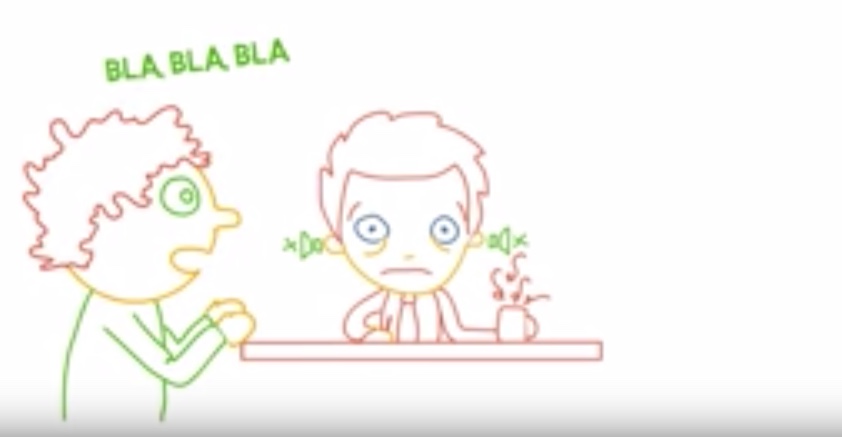Welcome to Redesigning and Iterating!
"'Tis a lesson you should heed:
Try, try, try again.
If at first, you don't succeed
Try, try, try again"
--William Edward Hickson
... as long as you have been given the resources to do so!
Before jumping into the next engineering design cycle, this phase is all about careful collection and digestion of feedback so that the redesign will be The One to convince all of your skeptics of the marketability and goodness of your design.
But, listening to criticism can be hard and the temptation to be defensive or dismissive strong. As many provide feedback on a design, some feedback is better left behind while some merits strong consideration and much requires follow up. Listening effectively is a skill that comes with both practice and training. Click on the image below to see a short video on effective and active listening.
Listening to this module in the Basic Engineering Design Suite will take the student through the process of both collecting feedback from a wide range of stakeholders in the design - and digesting that feedback in a way that doesn't destroy the team's motivation or leave little hope for improvement. Proper digestion of stakeholder feedback is the pathway to redesign that works!

Learn more about Redesigning and Iterating
during the Engineering Design Cycle:
Presentation (.pdf) – Collecting Feedback
Presentation (.pdf) – Digesting Feedback
Audio Recording (Youtube) – Collecting Feedback
Audio Recording (Youtube) – Digesting Feedback
Assignment in MS Word (.docx) or Portable Document Format (.pdf)
Quiz in MS Word (.docx) or Portable Document Format (.pdf)
Listen, Process, Filter… Redesign and Iterate!
This suite of educational tools supports the Engineering Design Cycle, from beginning to end, in a way that allows the student to pursue open-ended engineering design from idea to prototype to redesign. These tools can be useful, for both teaching and learning, in a capstone design experience, other design classes, as well as in extracurricular or any other activities that involve formal design.
Explore More:
Overview
Identify the Problem
Research the Need
Design Solutions
Select the Best Solution
Construct a Prototype
Test and Evaluate
Present the Solution
Acknowledgements:
This work was funded in part by the National Science Foundation (DUE-1245464). Any opinions, findings, and conclusions or recommendations expressed in this material are those of the author(s) and do not necessarily reflect the views of the National Science Foundation.
This work was funded in part by the National Science Foundation (DUE-1245464). Any opinions, findings, and conclusions or recommendations expressed in this material are those of the author(s) and do not necessarily reflect the views of the National Science Foundation.


